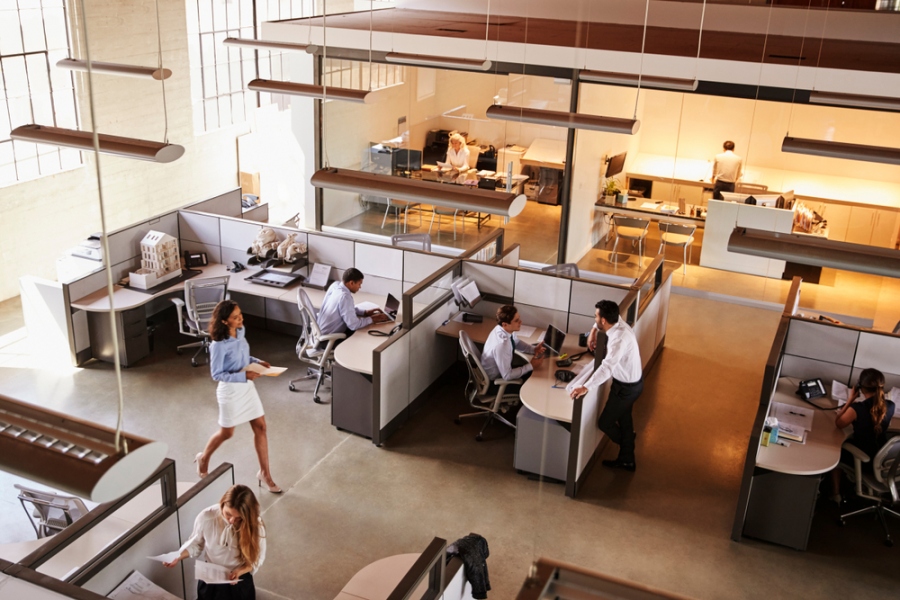Are you sitting comfortably when you are at work? This question is not as insignificant as it sounds. If you are not sitting correctly, then chances are you are causing damage to your body. And with most of us spending eight hours a day at our desks, five days a week, forty-eight weeks a year, year in, year out, that damage can be significant and lasting.
The potential for long term problems was vividly demonstrated recently in the form of Emma, a vision of the worker of the future, who was computer generated to highlight the long term effects of poor posture at work. This horrific avatar has pale skin, weak leg muscles, varicose veins and a permanently bent back. Her eyes are red, her nose is swollen and she moves with a sad shuffle that gets her nowhere fast.
While Emma may embody an extreme version of the outcome, it is still sobering for us to see the kind of damage we could be doing to our bodies every day. As William Higham, creator of Emma, explains: “We are regularly spending hours at our desks with little movement, and our bodies are starting to atrophy in response”. He is not the only one who sees such a grave outcome. Dr Joan Vernikos, Director of NASA’s Life Sciences division, titled her latest study ‘sitting kills, moving heals’, and it doesn’t get much more direct than that!
Of course, for many of us, sitting at our desks all day is not optional. Someone has to work those crucial company systems, and more often than not, that work involves a desk and a computer. So, what can we do to avoid ending up looking like Emma? How should we set up our workstation for maximum benefit, or at least minimum damage? And what changes should we make to our daily routines to stay healthy? Here are a few tips to help you stay healthier at work.
Set up your workstation better
Ergonomics, the study of the man-machine interface, tells us a great deal about the best way to set up a workstation to provide your body with the support it needs. Researchers at Cornell University found that sitting with poor posture puts up to 90% more pressure on your back than standing, so it is important to get your posture right. Make sure that your chair has good back support and preferably has armrests too. Set the height so that your arms are level with the desktop and your feet either rest on the ground or on a footrest. Sit back in your chair to get the benefit of the back support and make sure your knees and elbows are bent at right angles.
To keep your head from dropping, putting a strain on your neck and back, make sure the top of your screen is level with your eyes. The screen should be around arm’s length away from you. Keep your mouse and keyboard close together to avoid stretching and straining.
Take a break
Even if your workstation is ergonomically perfect, you still need to get up and move around every so often. This will keep your muscles healthy, encourage your circulation and help to keep you fit. According to the UK’s Chief Medical officer, even moderate bursts of exercise, lasting just a couple of minutes, can make a significant difference to your overall health.
You also need to give your eyes a break from the screen, to avoid straining the muscles you use to focus. Many people use this time to check their smartphones and social media, but this doesn’t actually help, as you are simply changing from one close focus to another. You need to apply the 20:20:20 rule, looking up every twenty minutes at something at least twenty feet away for at least twenty seconds. This gives your eyes a proper chance to relax and should cut down on dry eyes, headaches and other symptoms of eye strain.
We’re not built for this lifestyle
It is important to remember that evolution is a very slow process, and we have only been office based for the last hundred years or so. This means that our bodies are simply not built for a sedentary lifestyle, sitting all day and staring at a screen. Our bodies need movement to keep us healthy and they don’t respond well if they don’t get it. You have to start running marathons or climbing mountains, but you do have to get moving whenever you can, and make sure you limit the damage of sitting down when you can’t.
